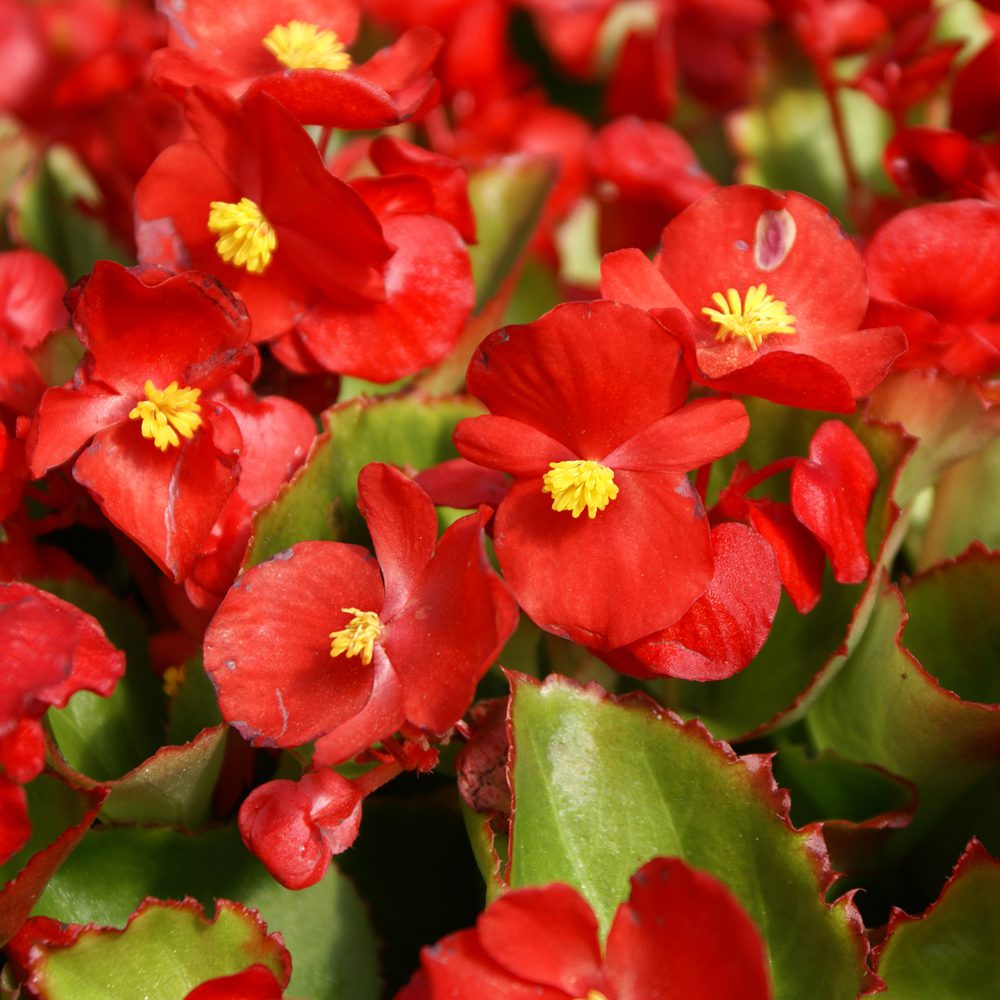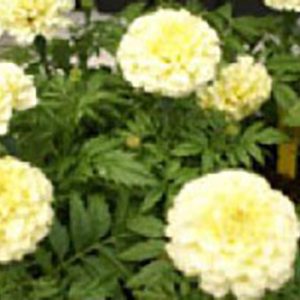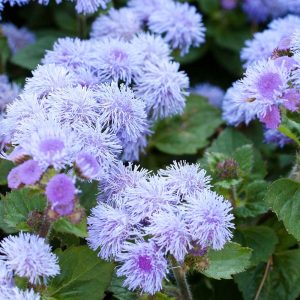Description
Begonia –
There are about 1,500 species and numerous cultivars of more or less fleshy annuals, herbaceous perennials, shrubs, and climbers, including some succulents and epiphytes. Found naturally occurring in tropical and sub tropical regions near the equator on all continents. Begonias are fibrous rooted, rhizomatous, or tuberous, the tubers becoming dormant in winter. Variable in habit, some are grown for their colorful flowers and others for their decorative or textured, alternate, usually asymmetric, simple to compound leaves. Most begonias have flowers of both sexes on the same plant, although not necessarily at the same time. A few are dioecious. Grow as an indoor plant or in summer bedding.
Indoors grow all begonias in a light, well drained, neutral to slightly acidic, peat or standard soil based potting mix, in bright light, but with shade from direct sun. Water moderately when in growth, reduce water in winter, and always avoid wet or waterlogged soil. Feed with a balanced liquid fertilizer at alternate waterings when in full growth. Winter flowering begonias with many rhizomes will benefit from a low or no nitrogen, high phosphorus fertilizer. Repot annually in spring.
Succulent begonias require a more porous medium, higher light levels, and drier conditions.
Outdoors grow in fertile, well drained, humus rich, neutral to slightly acidic soil in partial shade or in good light, but out of direct sun, in a frost free climate.
Prone to mealybugs, mites, thrips, whiteflies, powdery mildew, stem rot, rhizomes rot, nematodes, gray mold, botrytis, snails and slugs.
Enthusiasts divide the species and cultivars into 7 classes depending on growth habit and type of rootstock and cultivation needs, they are listed below:
Cane-stemmed begonias – Woody, fibrous rooted, usually erect, evergreen perennials, with many species from Brazil. They have slender, bamboo like straight stems, with regularly spaced, swollen nodes, and broad, asymmetrical, often deeply toothed to lobed leaves. Showy flowers are borne in terminal or axillary cymes, 4-8″ across, in early spring and summer. These begonias are grown for their habit, foliage and flowers, Few tolerate continuous, direct sunlight. They tend to shed their lower leaves, especially if over watered. To keep clothed to the base cut back over long canes to 2 or 3 buds in spring or early summer.
Rex-cultorum Begonias – Mainly evergreen, usually rhizzomatous perennial of variable habit, derived from crosses with B. rex and related species. Some involve crosses with tuberous begonias, and are not truly rhizomatous, showing aa tendency to winter dormancy. The leaves arising directly from the creeping knotty rhizomes are brilliantly colored, obliquely ovate to ovate-lance shaped leaves sometimes hare spirally arranged basal lobes. Single, relatively inconspicuous flowers, ½-1″ across are borne in early spring. These begonias are grown for their multi colored foliage. They need bright, indirect light and optimum of 70-75 degrees Fahrenheit. Bright light deepen red leaf coloration, and lower light enhances the metallic sheen of many cultivars.
Rhizomatous Begonias – These variable, mostly evergreen perennnials with creeping, erect, or sub surface rhizomes, and small, single flowers, borne solitary or in large cymes, on 6-12″ flower stalks, in winter or early spring. Leaves 1-12″ long, sometimes haves spirally basal lobes, and may be smooth, crested, or puckered, in shades of green or brown, often marked with silver. Hybrids derived from B. bowerae, the “eyelash begonias” have colored edges, those derived from B. imperialis have unusually leaf surfaces and colors. Rhizomatous begonias are grown for their foliage and flowers. They need bright, filtered light with shade in summer, and an optimum range of 58-72 degree Fahrenheit. To minimize risk of rhizome rot, water by immersion of the pots, and drain throughly. Some species grow actively throughout the year, if so, continue watering moderately.
Semperflorens Begonias – Bushy usually compact, fibrous rooted, evergreen hybrids derived from B. cuculata var. hookeri, B. schmidtiana, and other species, with freely branching, soft, succulent stems and generally rounded bronze or green leaves, 1 1/4-4″ long. Cymes of rounded, single or double flowers ½-1″ across are produced throughout summer. Semperflorens begonias are grown for their leaves and flowers. In cold climates, set out bedding plants when risk of frost has passed, planting into fertile, well drained, humus rich soil. They flowers well in light shade to full sun. The bronze leaved variants are more suited to full day sun. Keep potted plants fairly dry and well ventilated in winter 50-59 degrees Fahrenheit. In frost free climates, treat as perennials and provide similar condition outdoors, but lift and divide annually in spring.
Shrub-like Begonias – Mostly bushy, sometimes succulent, evergreen perennials with freely branching, erect, or semi-erect, or semi erect stems. They are grown mainly for their leaves, which are smooth to pustular with glossy or hairy surfaces. The often fragrant flowers borne in cymes. Blooming period is highly varied, begonias in this group are seasonal, everblooming, or occasional. Under glass, maintain a winter minium of 63 degrees Fahrenheit and provide moderate to bright winter light to enhance foliage color, hairless or glaucous species and cultivars tolerate higher light levels than those with hairy leaves, all need shade from direct summer sum. To encourage compact growth, pinch out the growing tips twice in the growing season.
Tuberous Begonias (including the tuber hybrid group, Multiflora group, and Pendula Group) – Are mostly upright, bushy, tuberous winter dormant perennials. The tuberhybrida group begonias (B. x tuberhybrida) are derived from Andean region of South American species, including B. bolivienis, B. gracilis, B. peareei, and B. veitchii. They vary from pendent to upright, with sparsely branched, weak, succulent stems and pointed glossy, bright to dark green leaves. Most are summer flowering and double flowered. Several poorly defined group are sometimes recognized (for example Multifloras, with many small, single to double flowers, and the Pendula Group with trailing or pendulous stems). Flowers are borne in cymes of 2 small female flowers and one showy, often double, male flowers. They bear flowers and top growth annually from winter dormant tubers. Tuberous begonias are grown for their large blooms. Under glass provide bright filtered light and good ventilation. Reduce humidity when flowering, and pinch out small female flowers to prolong flowering. Treat bedding plants as for the Semperflorens Group, but lift tubers in autumn before the first hard frost, and dry off. Dust with fungicide, and store dormant tubers at 41-45 degree Fahrenheit. In spring, replant tubers, hollow side up, in free draining potting soil at 61-54 degrees Fahrenheit.
Winter flowering Begonias – Low growing, compact, evergreen perennials, usually fibrous rooted but sometimes swollen into tuber like bases, with slender, succulent stems and green or bronze flushed leaves, about 2-3″ long. They bear a prrofusion of single, semi double, or double flowers from late autumn to early spring. Two broad groups are recongized: B. x cheimantha (B. x socotrana crossed with B. dregei_ the lorraine, Cheimantha, or Christmas Begonias, have rounded, often heart shaped leaves and usually single flowers. The Elatioe begonias (B. x hiemalis) which include the Rieger hybrids, result form crosses between B. socotrana and various Tuberhybrida hybrids. All are bushy plants with asymmetric leaves and masses of single or double flowers throughout winter. They are grown primarily for their flowers. They thrive in bright, filtered light, with the maximum available light in winter, an optimum of 59-68 degrees Fahrenheit or few degrees cooler for tuberous types relatively low humidity, and good ventilation.





